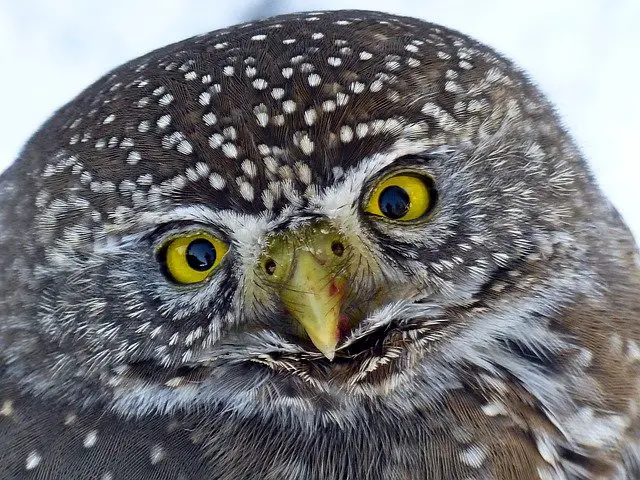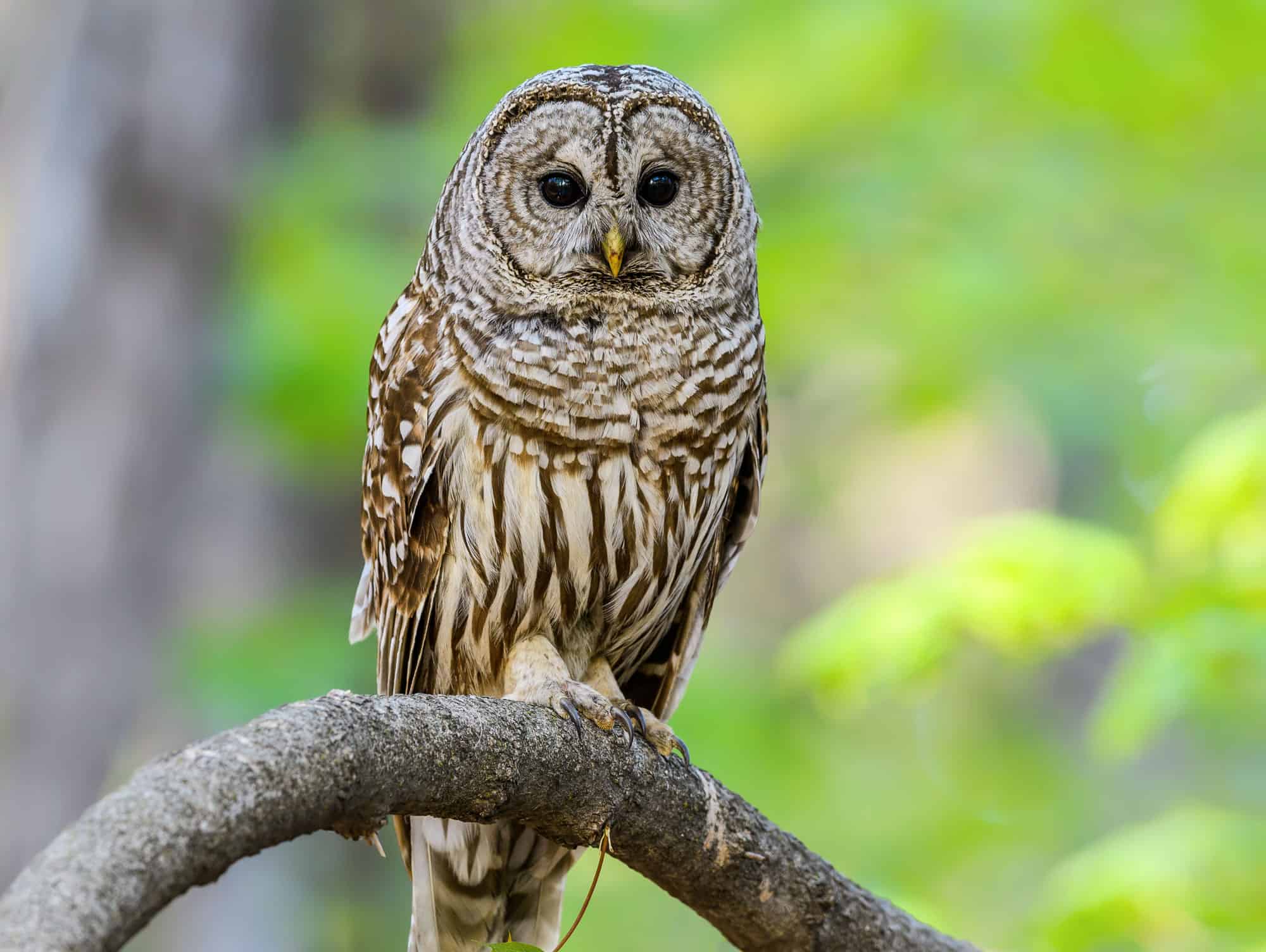

Its nocturnal habits make estimating Barn Owl populations notoriously difficult.

Accessible at Unlike the Short-eared Owl, Barn Owls rarely appear at dusk or dawn. This individual was recorded in Poland by Jarek Matusiak, XC415447. Barn Owls are essentially nonmigratory, although young birds may move some distance in search of new breeding grounds.Īudio: The Barn Owl is more often heard than seen. At least 28 subspecies have been identified, mostly differing in size and color. It has the widest distribution of any owl, occurring on every continent except Antarctica.

The Barn Owl is a species of open areas, found around farms, marshes, grasslands, and other similar habitats. (Scroll down to hear the Barn Owl's voice.) Widest-ranging Owl No mere hoot owl, the Barn Owl utters spine-tingling shrieks and hisses - sounds that are all the spookier when heard on a jet-black, chilly night. Others, such as ghost owl and hobgoblin owl, signal the fear this raptor inspires. Some of these names - like church owl and straw owl - reflect where the birds are often seen. The Barn Owl's species name, Tyto alba, literally means "white owl." But behind this unremarkable name is an extraordinary predator with long legs and a distinctive heart-shaped face.īarn Owls are found around the world and tend to nest close to human habitations, giving rise to a variety of folk names.


 0 kommentar(er)
0 kommentar(er)
